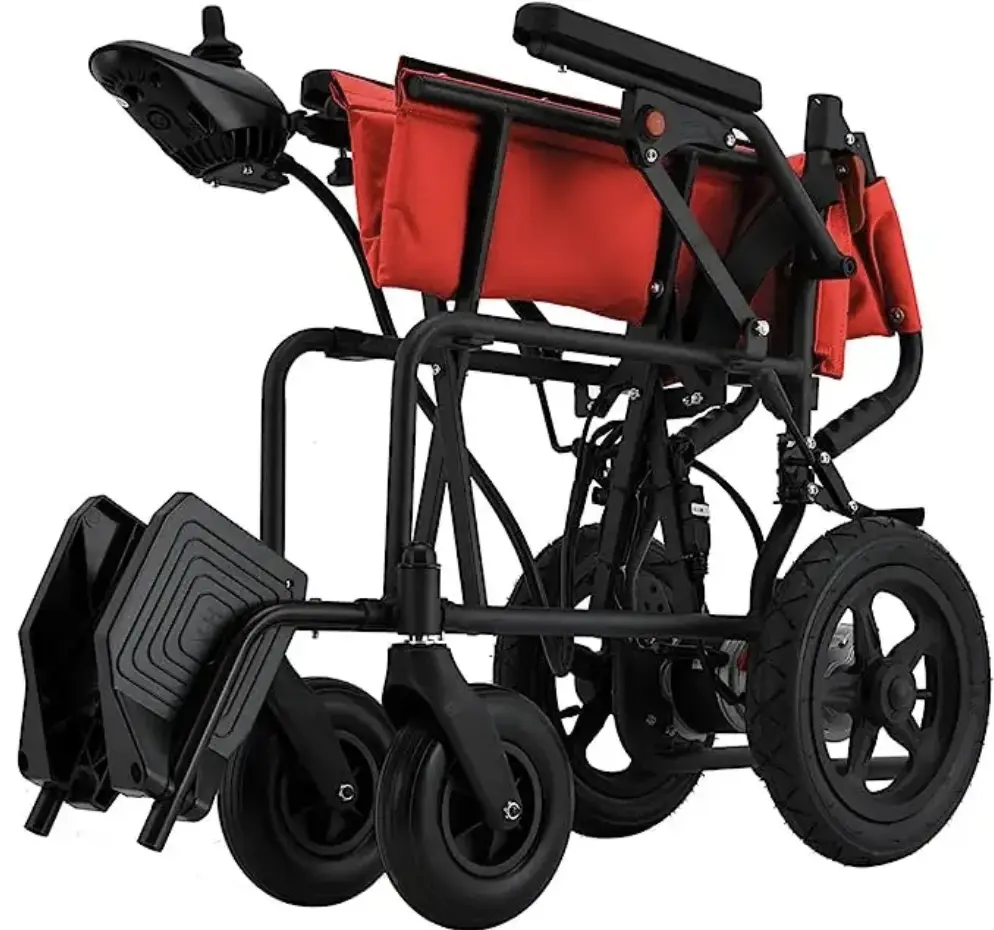Purchasing Preferences and Market Potential of Electric Wheelchairs in Elderly Care Facilities in the Asia-Pacific Region
Against the backdrop of a aging global population, the aging process is particularly pronounced in the Asia-Pacific region. As the elderly population continues to rise, the demand for various assistive devices in elderly care facilities is also growing. As a key piece of equipment, electric wheelchairs are attracting considerable attention for their market dynamics. Furthermore, electric wheelchair, with their unique advantages, are emerging in the elderly care sector, forming an interesting market relationship.
The Asia-Pacific region encompasses numerous countries with varying levels of economic development and aging populations. Developed countries like Japan and South Korea have long entered a deeply aging society with relatively mature elderly care systems. Developing countries like China and India, while developing later in the elderly care industry, are developing rapidly. Currently, the number of elderly care facilities in the Asia-Pacific region is increasing year by year, and their service offerings are continuously expanding, from basic daily care to rehabilitation care, spiritual support, and other diverse areas.
Purchasing Preferences for Electric Wheelchairs
Safety is paramount: Elderly care facilities prioritize safety when purchasing electric wheelchairs. A wheelchair’s braking system must be sensitive and reliable, capable of quickly braking in emergencies. The wheelchair’s structure must be stable and have good anti-tilt properties to prevent accidents during use. Some electric wheelchairs equipped with intelligent anti-collision sensors can automatically detect obstacles and decelerate or avoid them immediately, making them quite popular in the market.
Comfort is Key: Comfort is crucial for elderly people using wheelchairs for extended periods. Nursing homes tend to purchase electric wheelchairs with soft, breathable seats and backrests to reduce discomfort from prolonged sitting and prevent issues like bedsores. Adjustable seat height, angle, and footrests can meet the individual needs of the elderly and further enhance comfort.
Ease of Operation: Considering both caregiver efficiency and the elderly’s ability to operate independently, electric wheelchairs with easy-to-use controls are preferred. The joystick should be ergonomically designed, with moderate force and a responsive feel. Some electric wheelchairs also feature voice prompts, making them easier for those with poor eyesight to use and providing a clear understanding of the wheelchair’s operating status.
Versatile Functionality: Beyond basic mobility, electric wheelchairs with specialized features are particularly attractive to elderly care facilities. For example, electric wheelchairs with standing functions can assist elderly individuals with rehabilitation training and promote blood circulation. Foldable and lightweight designs facilitate storage and portability, meeting their needs for outdoor activities.
Brand and After-Sales Service: Well-known brands generally represent higher product quality and a more comprehensive after-sales service system. Elderly care institutions prioritize brands with a strong market reputation and strong after-sales service. Comprehensive after-sales service, including timely repairs and maintenance, adequate spare parts supply, and professional technical training, ensures the long-term stability of electric wheelchairs and reduces operating costs.
Market Potential Analysis
Driving Population Growth: The Asia-Pacific region has a large and rapidly growing elderly population. According to relevant data, the proportion of elderly people in the region will continue to rise over the next few decades. This means a significant increase in demand for elderly care services. As an important assistive device, electric wheelchairs hold a promising market prospect. For example, Japan’s super-aging society has led to continued strong demand for electric wheelchairs in nursing homes, continuously stimulating market development.
Economic Development: With the continued economic development of countries in the Asia-Pacific region, people’s living standards are constantly improving, and their demand for quality elderly care services is also increasing. This has prompted elderly care institutions to increase their investment in advanced equipment, leading to a surge in market demand for electric wheelchairs. In some economically developed cities, the market share of high-end electric wheelchairs has gradually expanded.
Policy Support: Many governments in Asia-Pacific countries recognize the importance of elderly care and have introduced policies to support it. For example, some countries have included electric wheelchairs in medical insurance reimbursement, reducing procurement costs for elderly care institutions and families. Other countries have provided financial subsidies for elderly care institutions to purchase rehabilitation equipment, further stimulating market demand.
Technological Innovation: Continuous technological advancements have brought new development opportunities to the electric wheelchair industry. Intelligent, lightweight, and personalized electric wheelchairs are the development trends. For example, electric wheelchairs integrated with the Internet of Things (IoT) enable remote monitoring and data transmission, allowing caregivers to monitor the elderly’s physical condition and movements in real time. Lightweight wheelchairs made of new materials are not only easier to operate but also have improved battery life. These innovative products will attract more elderly care institutions and consumers, driving further market expansion.
Post time: Sep-01-2025


